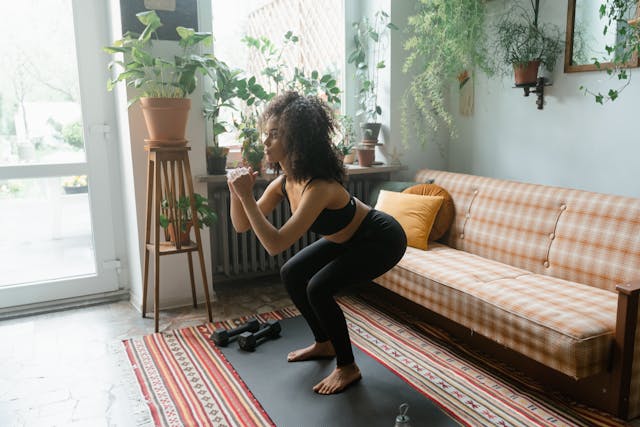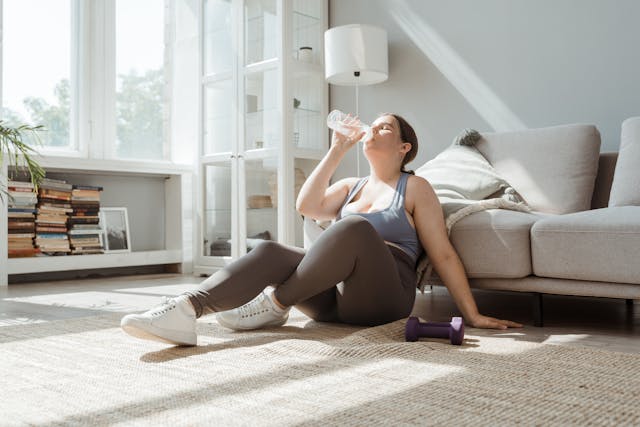Building an Effective Home Workout Routine: Tips for All Fitness Levels
Working out at home is more popular than ever. It saves time, costs less, and lets you exercise on your schedule. But to get the most from your home workouts, you need a routine that works for you. Whether you’re a beginner or an experienced athlete, here are simple tips to build an effective home workout routine.

Set Clear Goals
Before starting any workout routine, know what you want to achieve. Are you looking to lose weight, build muscle, improve flexibility, or just stay active? Setting clear goals helps you choose the right exercises and stay motivated.
Choose Exercises That Fit Your Level
Home workouts don’t require fancy equipment. You can use your body weight or simple tools like resistance bands and dumbbells.
- Beginners: Start with basic moves like squats, lunges, push-ups, and planks. These build strength and endurance safely.
- Intermediate: Add more challenging exercises like burpees, jump squats, or kettlebell swings.
- Advanced: Incorporate high-intensity interval training (HIIT), plyometrics, or heavier weights to boost strength and cardio.
Plan Your Weekly Schedule
Consistency is key. Decide how many days per week you can work out and stick to it. For beginners, 3 days a week is a good start. As you progress, aim for 4-6 days. Include rest days to help your muscles recover and prevent injury.
Warm Up and Cool Down
Always begin your workout with a warm-up. This can be 5-10 minutes of light cardio or dynamic stretches. Warming up prepares your muscles and reduces injury risk.
End with a cool-down to help your body relax. Stretching after exercise improves flexibility and reduces soreness.
Mix Cardio, Strength, and Flexibility
A balanced routine includes different types of exercises:
- Cardio: Activities like jumping jacks, running in place, or dancing improve heart health.
- Strength: Push-ups, squats, and resistance training build muscle.
- Flexibility: Yoga or stretching helps prevent stiffness and improves movement.
Use Online Resources and Apps
There are many free and paid apps, videos, and websites offering guided home workouts. These can provide structure, variety, and motivation. Find ones that fit your fitness level and goals.
Track Your Progress
Keep a workout journal or use an app to log exercises, sets, and reps. Tracking progress helps you stay motivated and see improvements over time.
Listen to Your Body
Pay attention to how you feel during and after workouts. It’s normal to feel some muscle soreness, but sharp pain or extreme fatigue means you should rest or adjust your routine. Don’t push too hard too fast.

Final Thoughts: Make It Your Own
The best home workout routine is one you enjoy and can keep doing. Start small, stay consistent, and gradually increase intensity. With the right plan, your home workouts can help you get stronger, healthier, and happier—no gym required.












